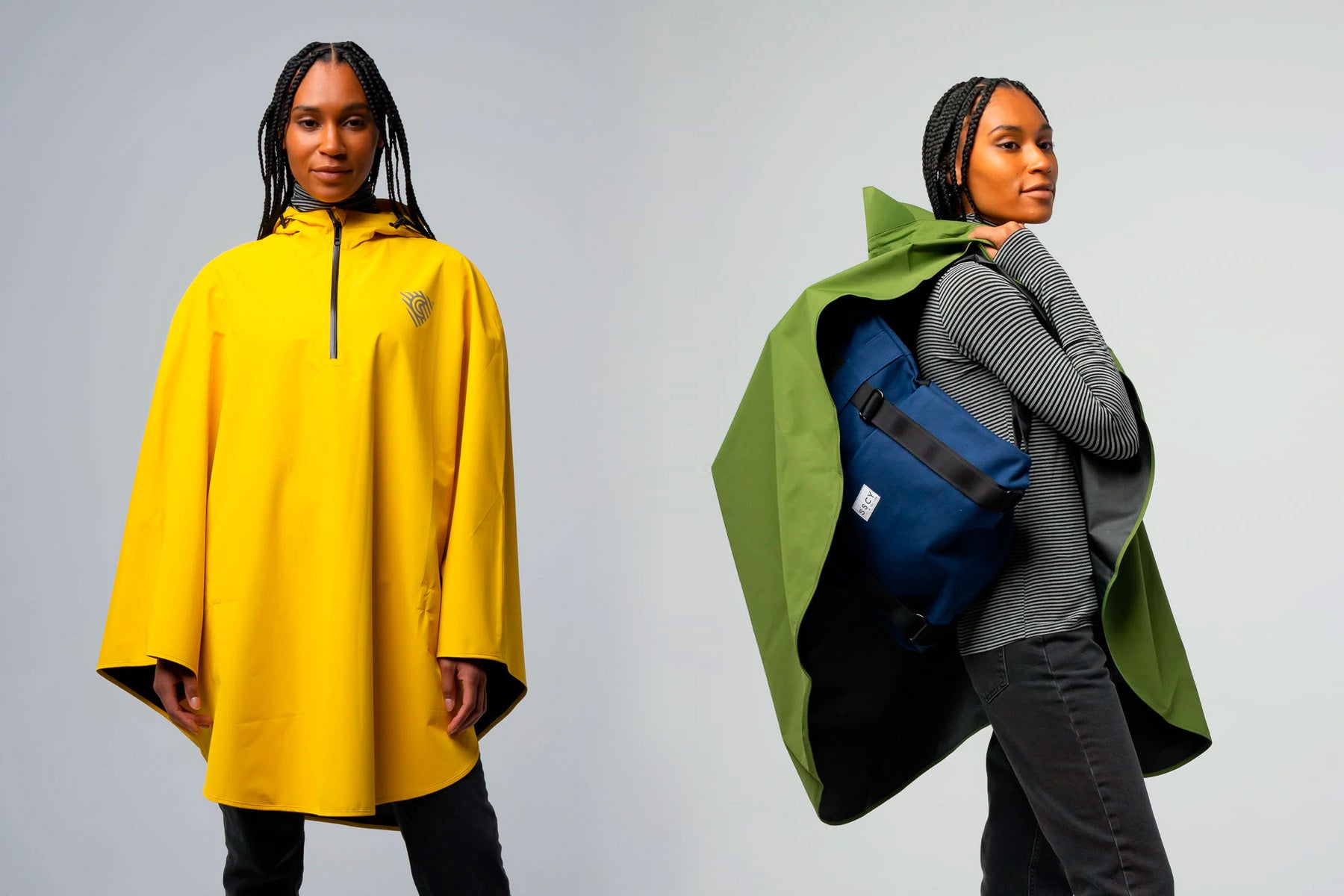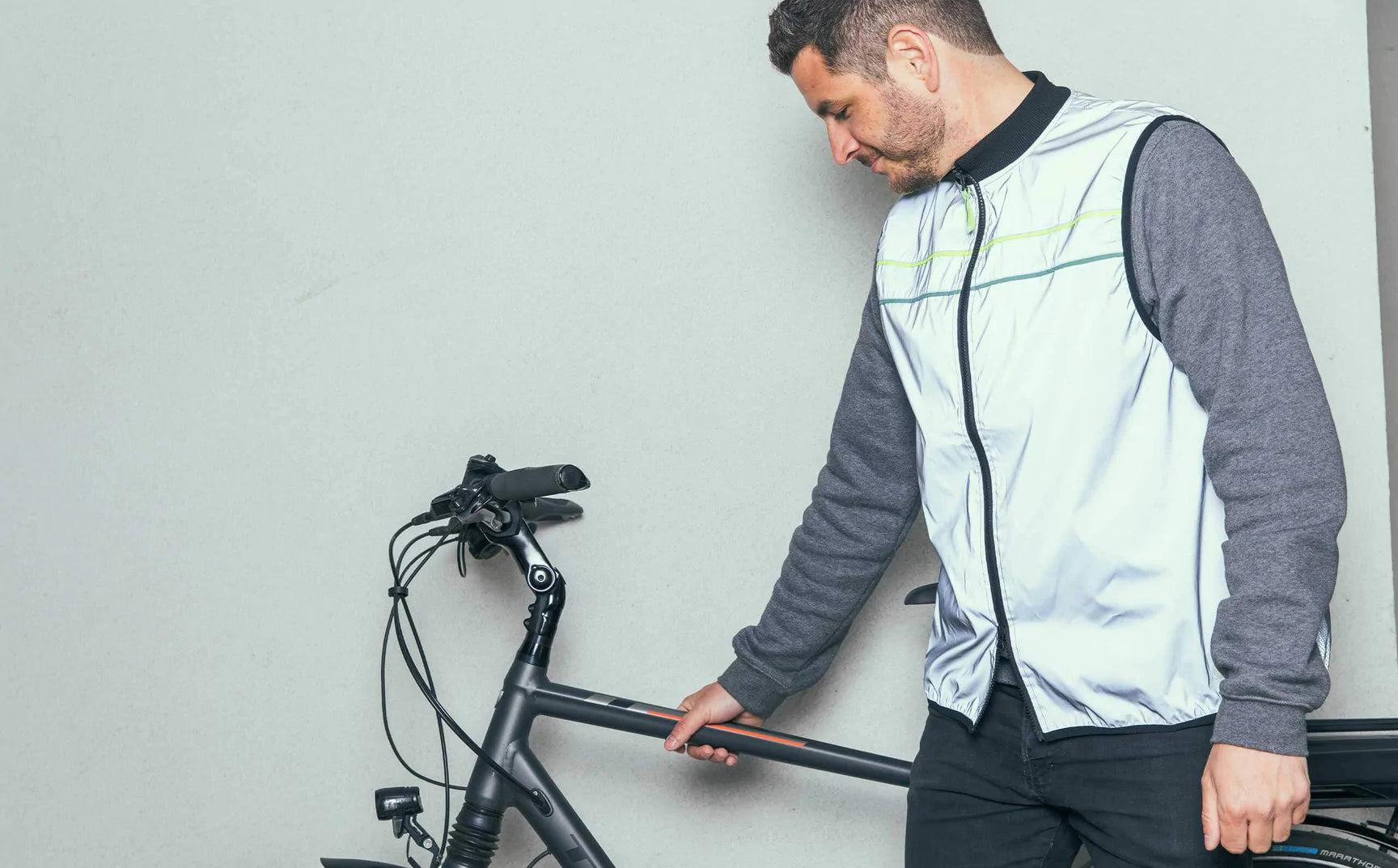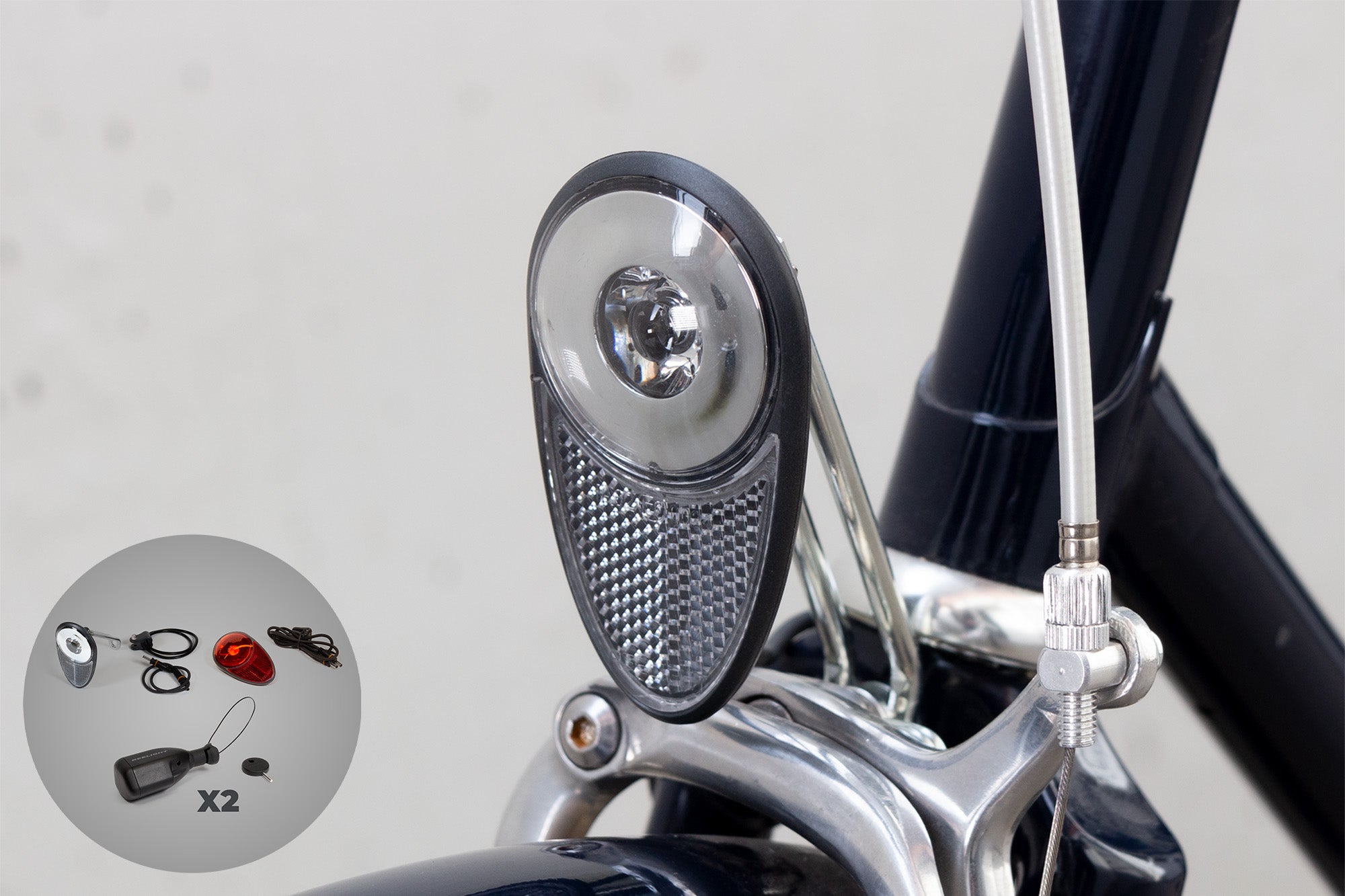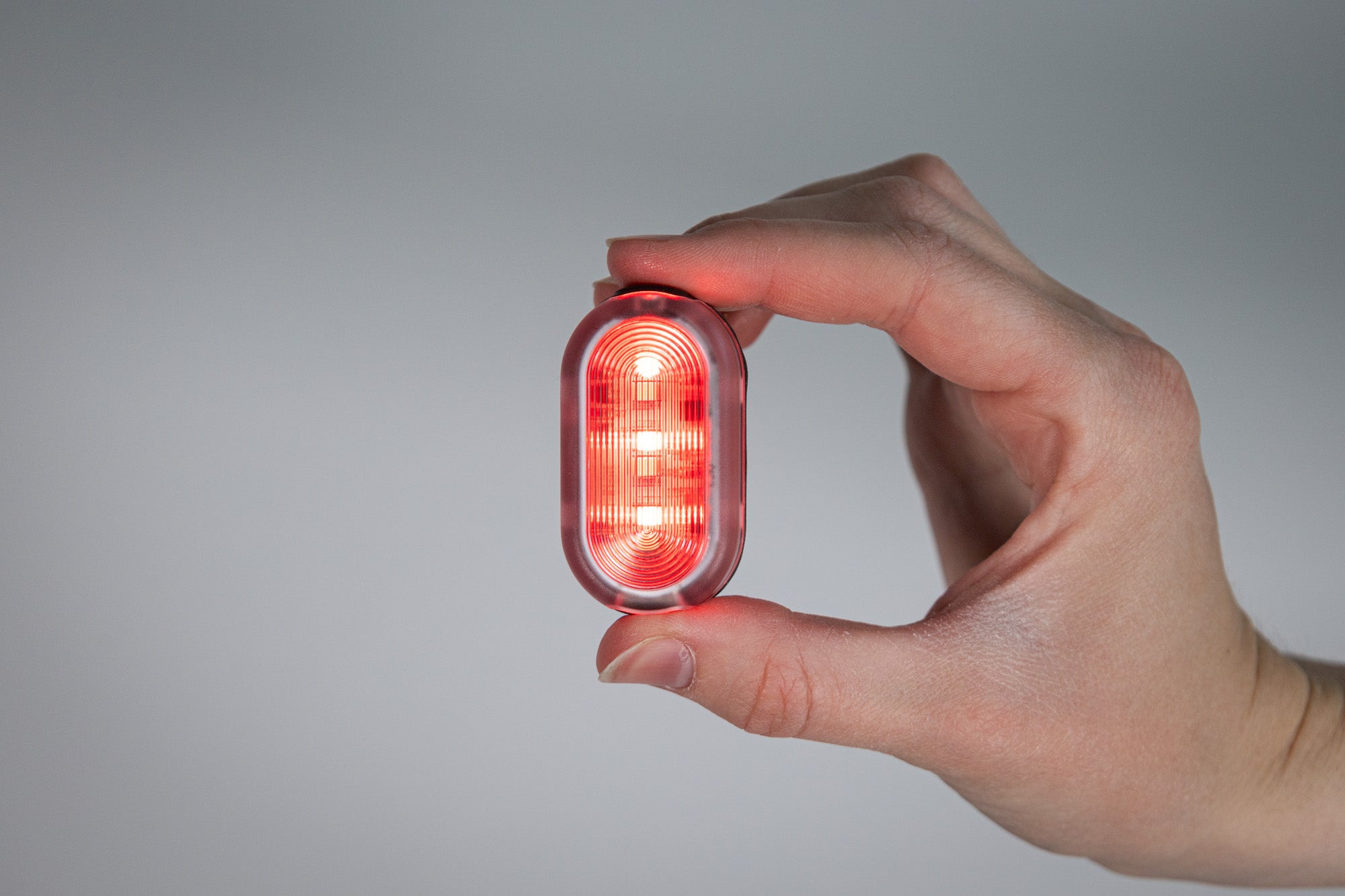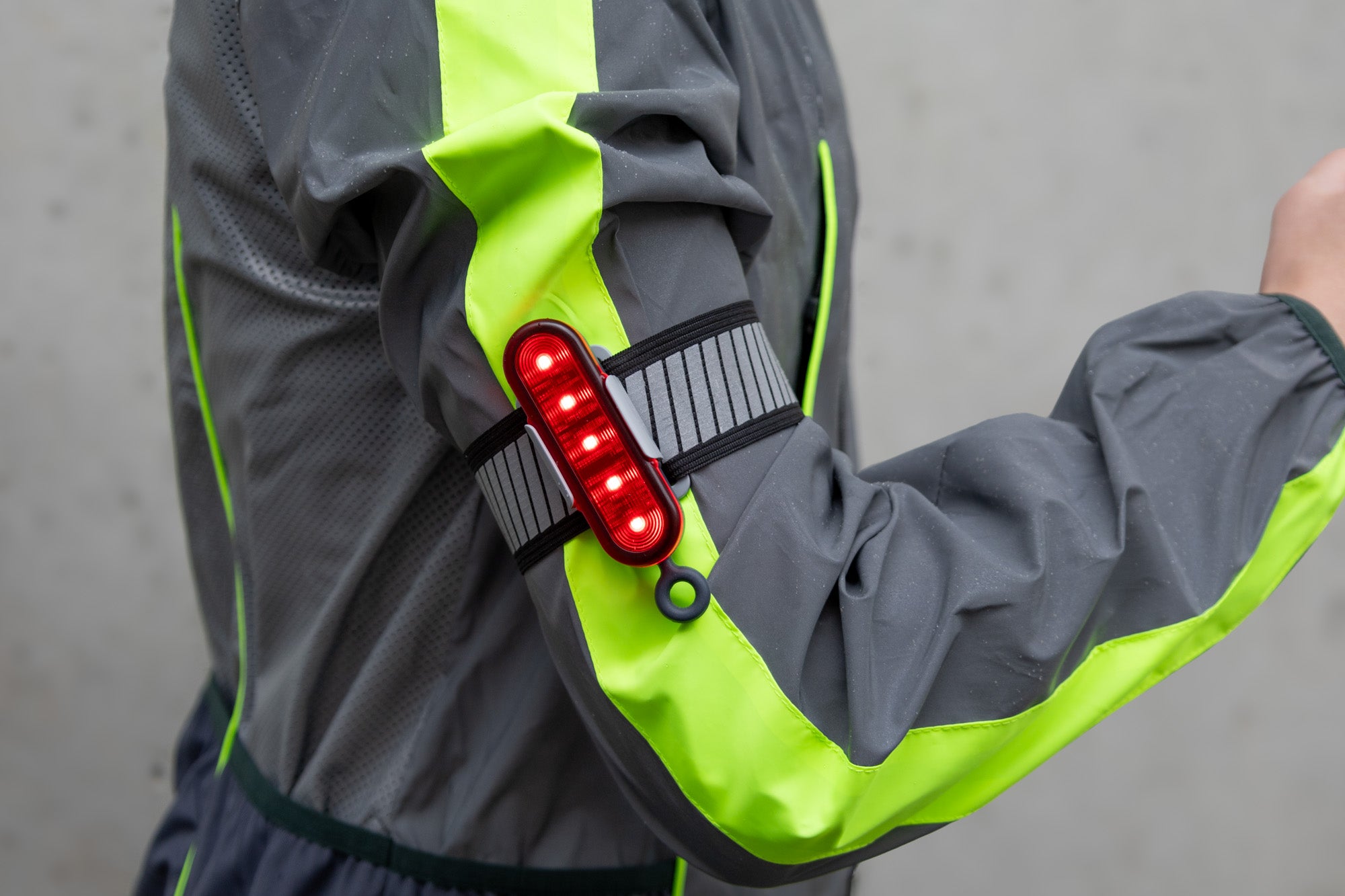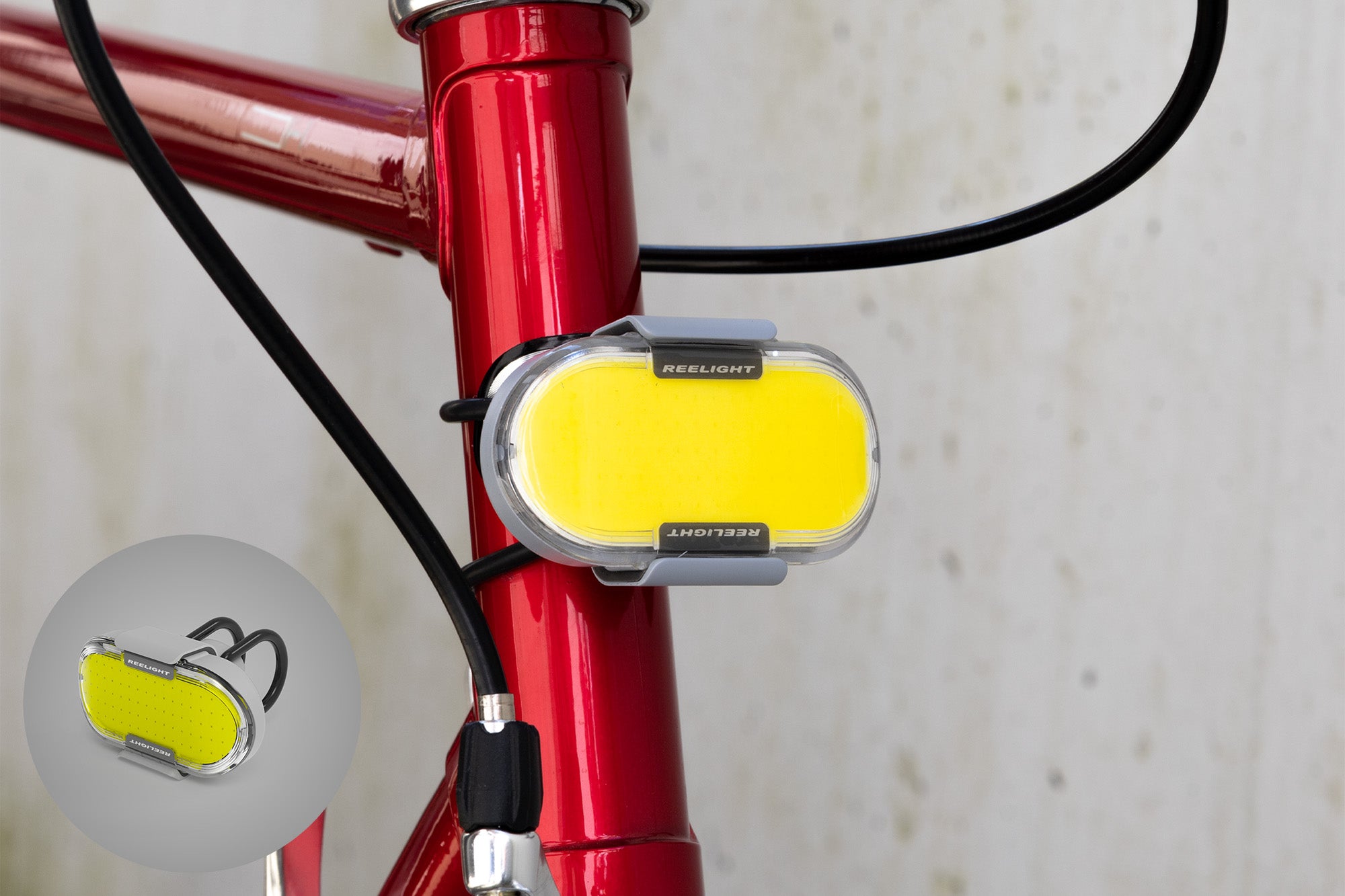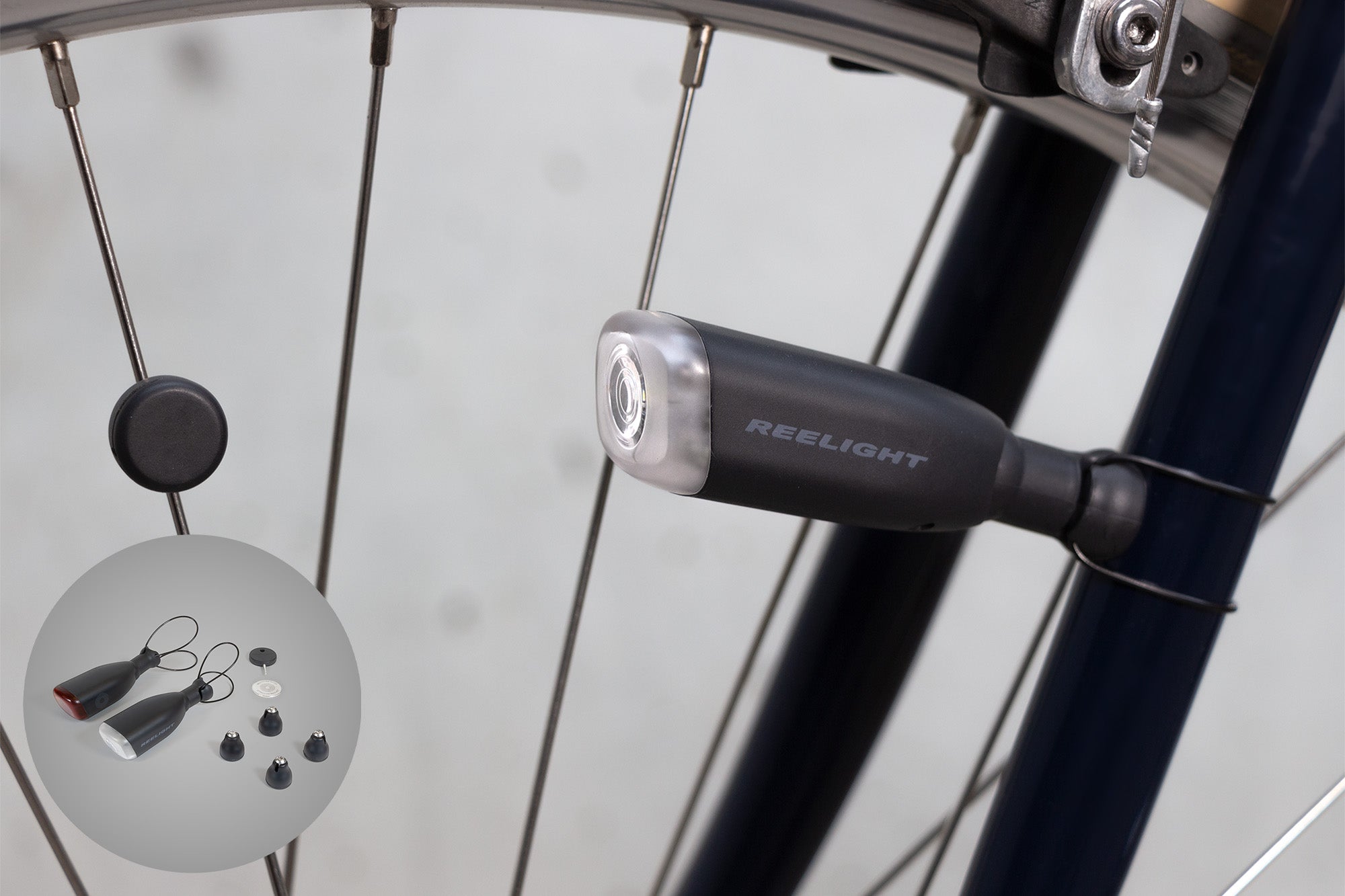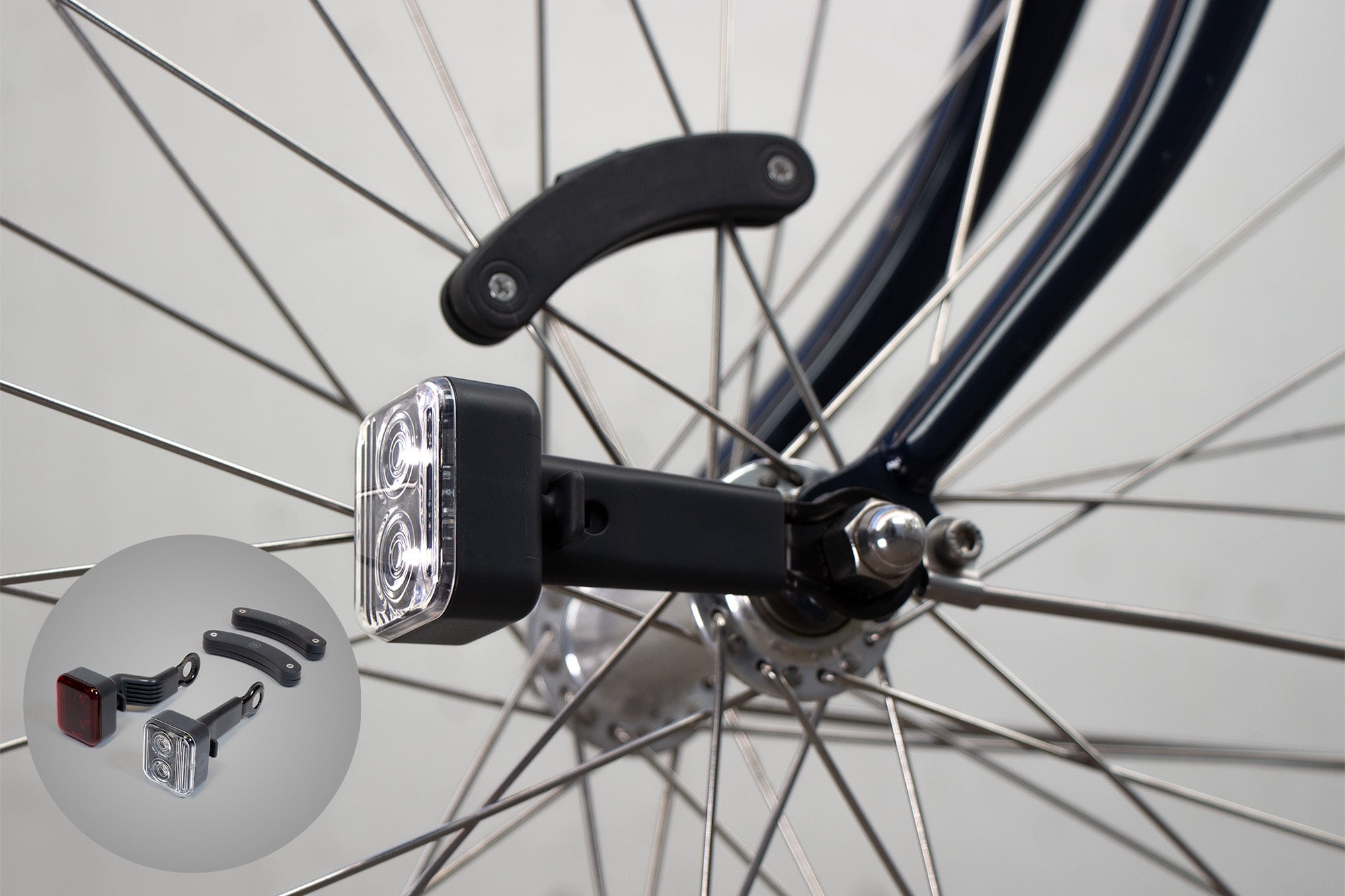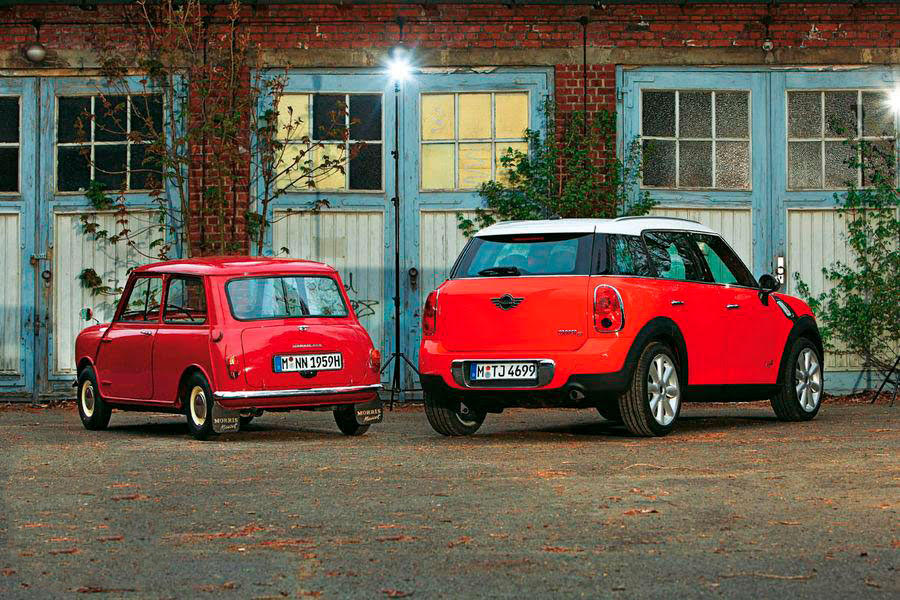
Remember how small you are.
There is one fundamental difference between the car and the cycle, which may cause you to re-evaluate the importance of reflective clothing, helmets and good lighting.
Cars have grown in physical size over the years, whereas bikes have remained pretty much the same. Which means that, as a cyclist, you are proportionally smaller than you ever were.
Whilst it’s true that the addition of suspension, fat tyres and battery packs may have affected some two-wheeled models, the essential dimensions of a typical bike have remained unchanged.
The car, by way of contrast, has become increasingly bloated and, therefore, potentially dangerous in the case of an accident.
The BMW Mini, which is still regarded as a pretty small car, is half a metre taller than the original sixties design, half a metre longer and quite a bit wider. Its footprint is actually the same as a Land Rover Discovery. But roads haven’t really scaled up to accommodate this growth. Or school car parks.
What about weight? Well, you pedal around 10kg of bike down the road, side by side with a car weighing, on average, 1.4 tonnes. Or, if you are side by side with a Lexus LX570 (SUV), 2.7 tonnes.
You’re right. Cars have always been bigger than cycles. And cycles are typically transporting one person, rather than a car full. But, stopping to realise the difference in size and mass may make us feel more positively defensive.
In European countries with an enlightened attitude to the bike, cyclists often behave with a lovely confidence: they have great cycle lanes and the motorist has been forced to recognise their relevance as part of a modern transport system.
Times are changing and the bike is evolving as a vehicle, rather than a cheap ride.
However, we humans are amazingly vulnerable out there. We have no rigid steel safety cages, bumper bars or jacked-up suspension. We are small and we need to stand out in any way we can so that we cannot be ignored.

